The key figures during Pasir Gudang pollution
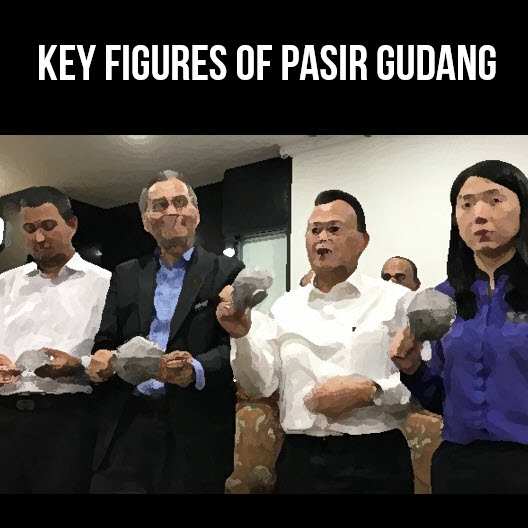
It was another hit for Pasir Gudang when the district found itself in another pollution crisis just three months after the illegal dumping at Kim Kim River.
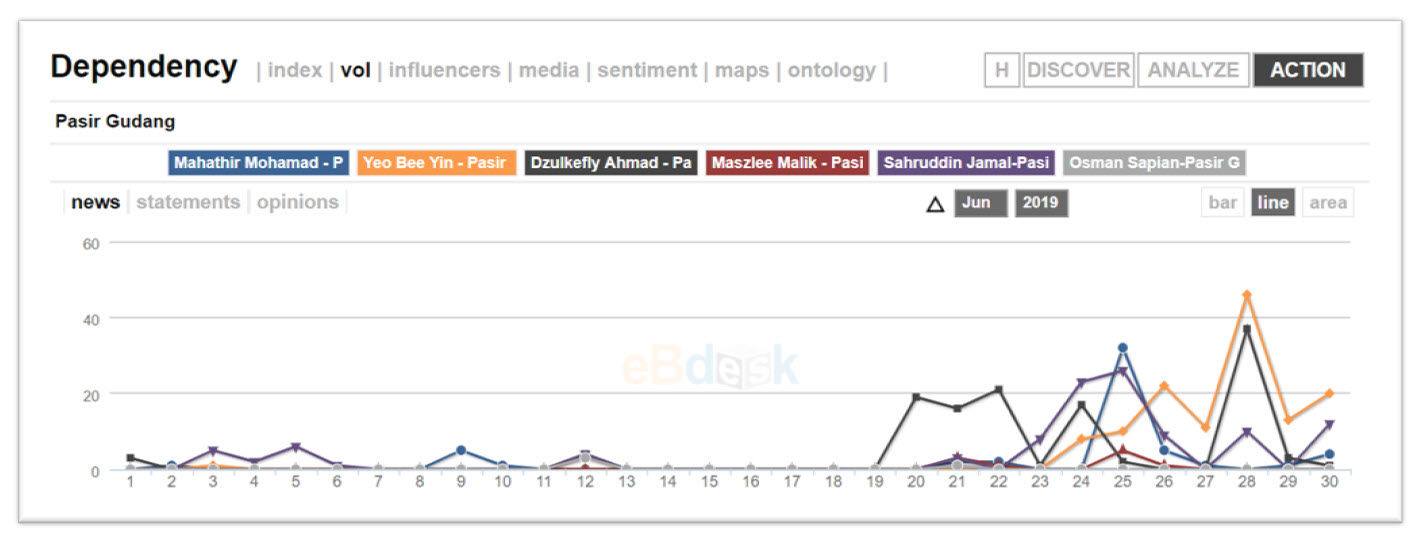
The recent outbreak occurred on June 20 when 15 students in one of the schools in Pasir Gudang suffered from breathing difficulties and vomiting. It is believed that the incident was caused by air pollution, however the source of the pollution remains unknown.
According to the media exposure of the authorities related to the crisis, Health Minister Dr Dzulkefly Ahmad was the first key figure to address the recent air pollution in the district. He released an official statement on the day the incident happened. In his statement, Dzulkefly suggested that the group of students who fell ill may have inhaled poisonous gas.
On the other hand, Energy, Science, Technology, Environment and Climate Change Minister, Yeo Bee Yin only started to be linked with Pasir Gudang on June 24. However, on that day, Yeo was quoted with regards to the status of the Kim Kim River, which had been thoroughly cleansed.
It was not until June 26 that Yeo came out with an official statement on the air pollution issue. Then, she revealed that the cause of the pollution remains unknown, but her ministry will establish a committee to look into the setting up of air quality monitoring stations at the district.
While the incident involved school children, Education Minister Dr Maszlee Malik appeared to be inactive in addressing the recent outbreak.
This was in contrast to the Kim Kim River incident, where the Education Minister was one of the ‘front man’. He called for all 111 schools in the district to be temporarily shut down about a week after the first outbreak.
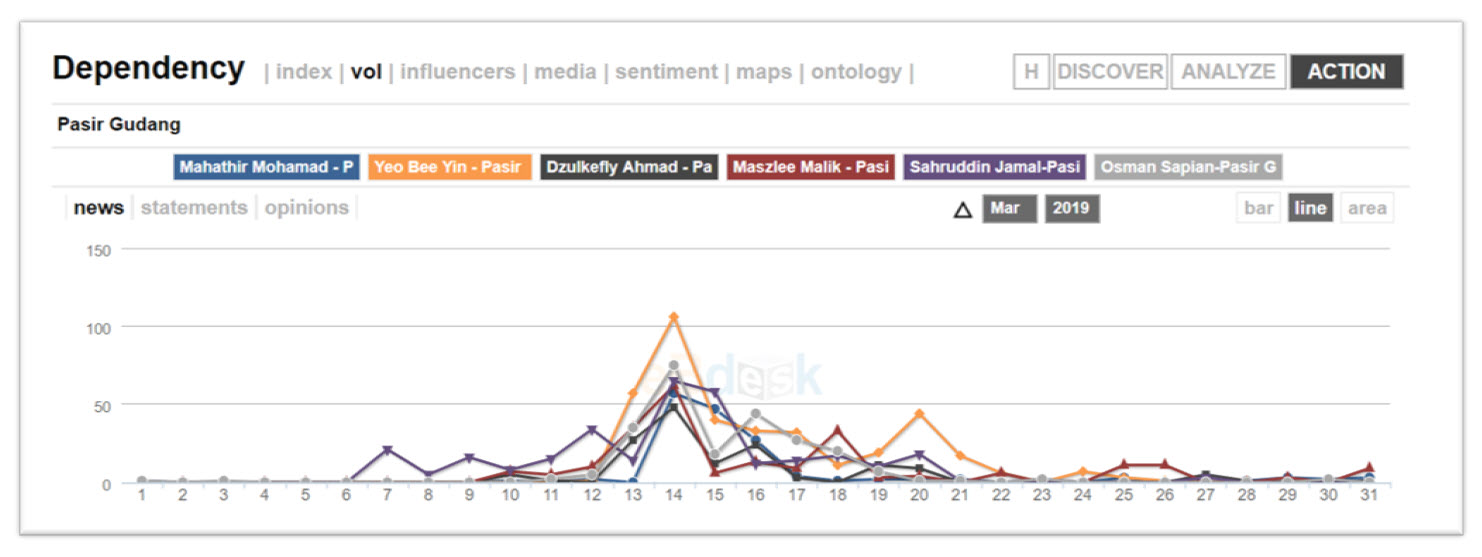
On the other hand, the Health Minister was not that active on the Pasir Gudang crisis back in March, unlike his current presence on the recent air pollution.
Yeo was the most active minister during the previous incident. She came out with statements to ensure the public that the Pasir Gudang crisis was under control.
Nonetheless, the first key figure to address the outbreak in March was Johor’s State Executive Councillor of Health, Environment and Agriculture, Sahruddin Jamal.
The Menteri Besar of Johor at that time, Osman Sapian, came in later to address the issue. Consequently, he received public backlash for his lack of involvement. On March 17, Osman broke his silence on his absence, revealing that he was on a working trip to promote the state’s tourism industry.
When the urgency of his working trip was questioned, he defended his visit, stating that it was pre-planned. Additionally, Osman said that he kept an eye on the Pasir Gudang crisis while he was away, receiving updates on the issue every two hours.
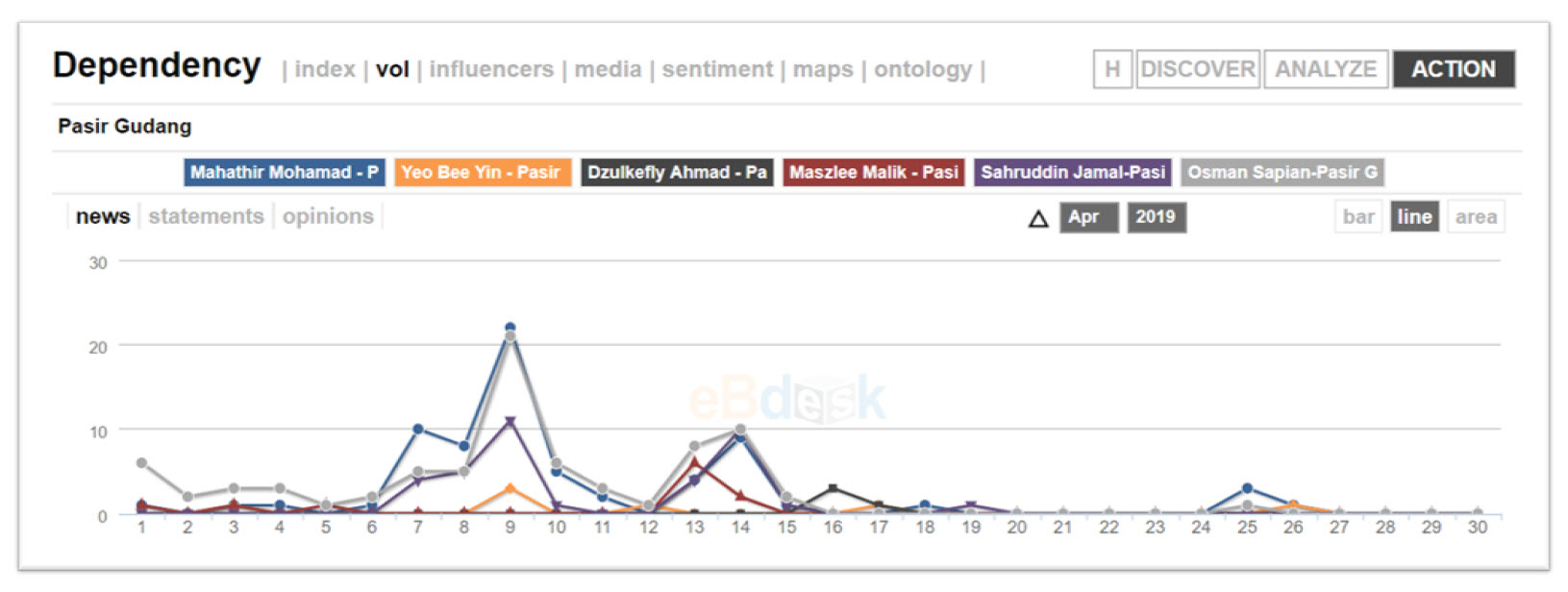
Unfortunately, in April, it was reported that Osman was pressured by the Johor Ruler Sultan Ibrahim to resign as Johor Menteri Besar. There was a rumour that the Johor palace was displeased with the way Osman handled the Pasir Gudang crisis.
On April 9, Prime Minister Tun Dr Mahathir Mohamad confirmed Osman’s resignation, but refused to disclose anything when the reporters asked about the reason behind the resignation.
About a week later, it was revealed that Sahruddin Jamal would be Osman’s successor. He was sworn in as the 17th Menteri Besar of Johor on April 14.
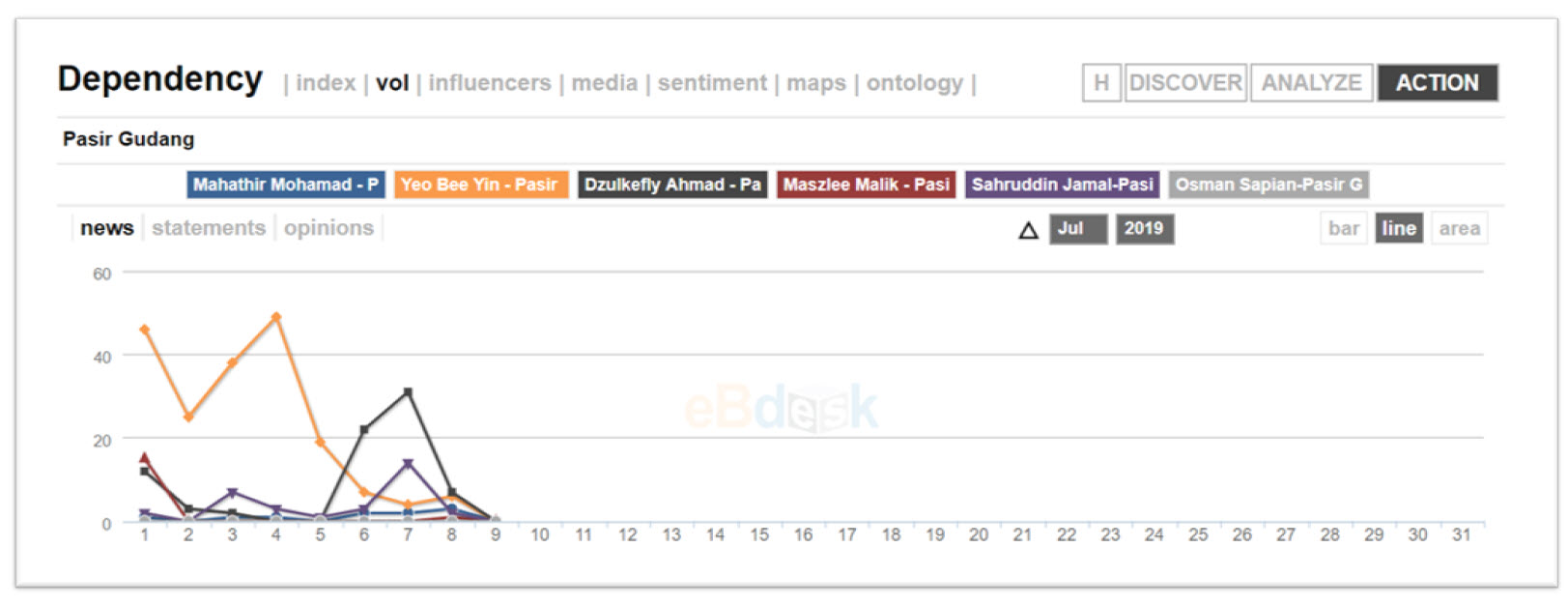
However, Sahruddin appeared to be less active in July, while Yeo and Dzulkefly remains active on the issue as the source of the pollution has yet to be identified.
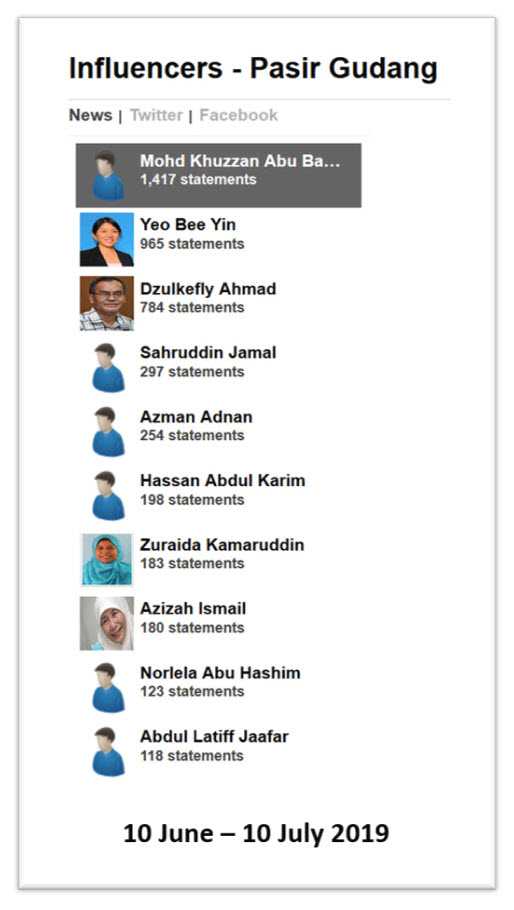
Whereas, Johor’s current State Executive Councillor of Health, Environment and Agriculture Mohd Khuzzan was the most active influencer for ‘Pasir Gudang’ in the past month. The trend is similar to when Osman was the Menteri Besar, while Sahruddin was in charge of the health portfolio in Johor. Will Sahruddin be criticized for his lack of involvement?

